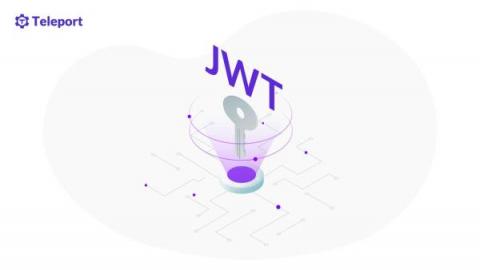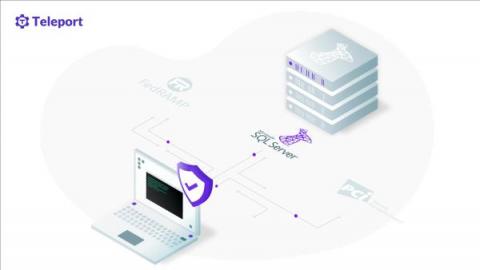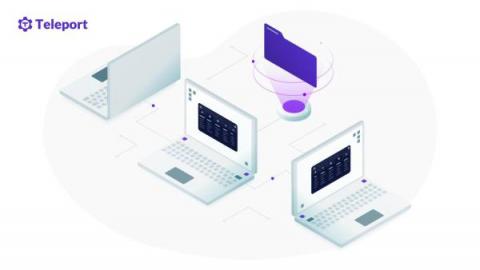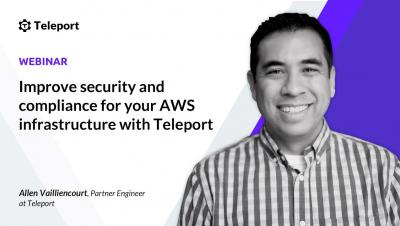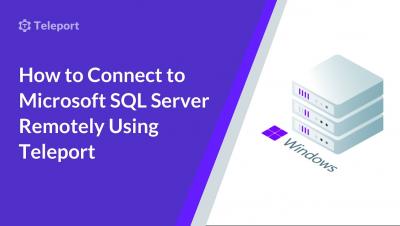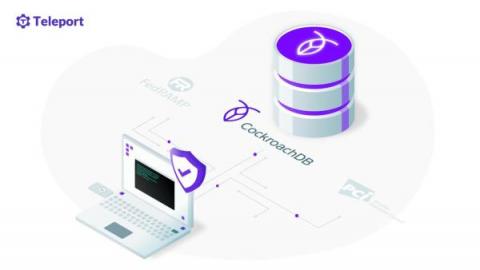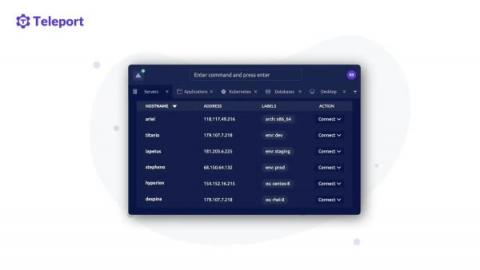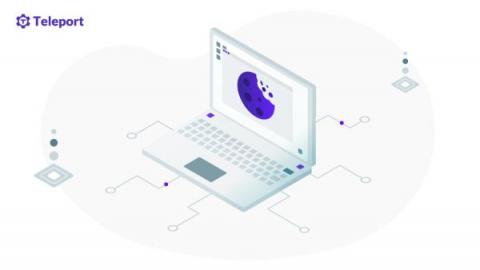What Are JWTs?
JSON web tokens (JWTs) are an open standard for securely transmitting data as a JSON object between parties in a compact and self-contained format. Knowledge of JWTs is important because most modern systems and tools use them for secure, efficient and scalable authorization. Knowing about JWTs will also help you understand how third-party integrations with other software work.


